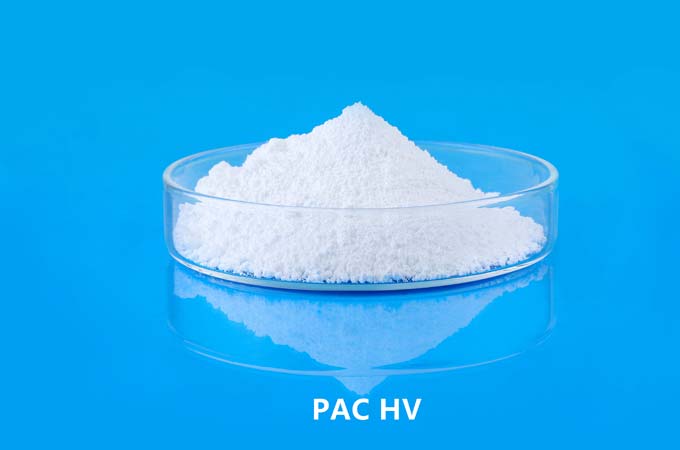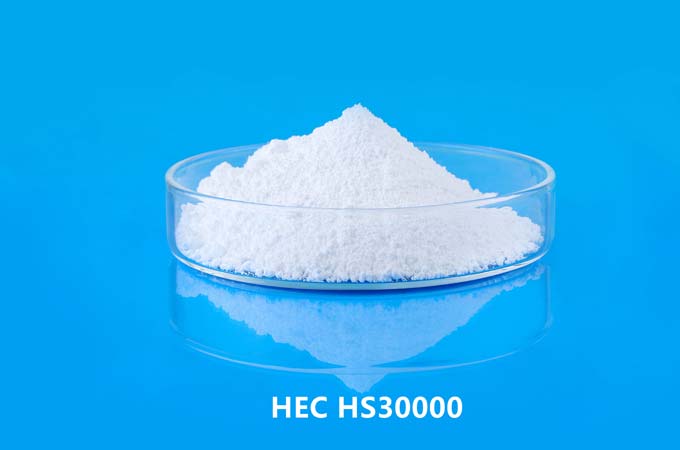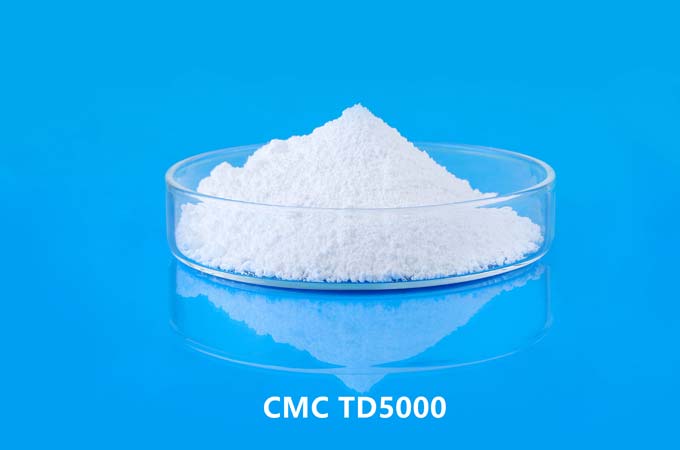The indispensable material in construction engineering is plastering mortar, which also plays an important role in construction, so what minefields do we need to avoid during construction? Let's take a look at what's next.
Misunderstanding 1: The Stronger the Plastering Mortar, the Better
The compressive strength grades of ready-mixed plasters range from M5 to M20, and the most common compressive strength grades are M5 and M10. For plastering mortar, different boards have different compressive strength levels of cement mortar, which is related to the difference between the elastic mold of the board and the cement mortar layer. The greater the difference in elastic modulus, the more hollow the wall will appear. The greater the risk of opening.
Everyone knows that the larger the label, the greater the amount of concrete used, and the greater the amount of concrete used, the greater the shrinkage rate of the cement mortar when the concrete is solidified. For wall panels, the shrinkage rate is usually a few degrees away from the cement mortar. Ten or even hundreds of times. The greater the shrinkage distance, the greater the stress caused by the cement mortar and the board, and the greater the risk of cement mortar cracking.
Plastering mortar is different from masonry mortar in that it does not belong to the load management system. Its main function is to protect the base layer and level it. At the same time, as a bonding layer with decorative materials, it has a good fusion surface, so the compressive strength of the batch putty only needs to be determined. It is enough to meet the model requirements, and the high strength is of little practical significance, but it will increase unnecessary costs.
Misunderstanding 2: The Higher the Water Retention of Plastering Mortar, the Better
The water demand of plastering mortar is 290-320kg/m³, and the concrete usage of general plastering mortar is 200-405kg/m³. The main function of controlling the water retention rate of the plastering mortar is to ensure that the water in the cement mortar is not absorbed by the grassroots before the cement mortar solidifies and hardens. The concrete in the cement mortar will not be solidified without water due to excessive water shortage, thereby reducing the strength of the mortar itself and the bonding strength between the mortar and the base.
We all know that theoretically, the water required for complete solidification of cement is 26% of the quality of concrete. The water required for cement mortar greatly exceeds the water required for concrete solidification in cement mortar, and the excess water is mainly for consideration of engineering construction. . The key to the compressive strength of cement stone is related to the water-cement ratio of concrete. The larger the water-cement ratio of concrete, the greater the porosity of cement stone, the lower the compressive strength of cement stone, and the relative decrease in the compressive strength of cement mortar. Therefore, as long as the water retention performance of the plastering mortar ensures the operability of the mortar and the moisture required for the hydration of the cement in the mortar.
If the water solubility of the plastering mortar is too good, then the actual amount of water retained in the mortar is too much. The real concrete water-cement ratio of mortar is large, the specific compressive strength of cement mortar is low, and the compressive strength of bonding with blocks is also relatively low. In addition, the water retention and solubility of cement mortar is too good, and the water is not easy to be digested and absorbed by the rural grassroots, which will also affect the bonding of cement mortar and rural grassroots, and will increase the setting time of cement mortar, resulting in the "filming" situation of dry solids and wet , thus affecting the plastering speed and increasing the difficulty of construction.
Misunderstanding 3: The Less Water Used for Plastering Mortar, the Better
There are many factors for the water demand of plastering mortar, mainly due to raw materials, including admixtures and fine stones, among which stones are used in a large amount, so the quality of its materials can most affect the water consumption of cement mortar. For river sand, the effective range of water consumption of dry powder mortar is generally 13-16%, while the reasonable range of water demand of machine-made sand mortar is generally 13-15%.
When the maximum water consumption is exceeded, the water retention rate of cement mortar will decrease, the density will increase, the construction performance will become poorer, and the compressive strength will decrease. Therefore, it is necessary to reduce the water consumption of cement mortar. Cement mortar factory It can be adjusted by adding a water reducing agent with a reducing effect. However, when the water consumption is lower than the specified range, the construction performance of the cement mortar will also be worse, which is manifested in the insufficient roundness of the slurry, and the cement mortar is not easy to smooth, which may cause cement damage to the machine-made sandstone. The mortar is sticky and endangers the construction performance of the project.
For the mortar admixture with shrinkage effect, when its shrinkage efficiency exceeds a certain level, the fluidity of the cement mortar will also increase, which may cause sagging behind the cement mortar wall. In general, the water consumption of dry-mixed plastering mortar is different according to the material, and its effective range is also different. Too much or too little water consumption is not conducive to the best situation of cement mortar. Therefore, it is necessary to master Reasonable range of mortar water demand.
In summary, understanding the proper use and characteristics of plastering mortar is crucial to avoid common misconceptions such as assuming stronger mortar is always better, higher water retention is preferable, or less water usage is ideal. Each of these factors must be balanced to ensure optimal performance and cost-effectiveness in construction projects. If you have any questions or need further assistance, please consult Kima Chemical Co. Ltd., and we will be happy to help.
 English
English 日本語
日本語 français
français Deutsch
Deutsch Español
Español italiano
italiano русский
русский português
português العربية
العربية Türkçe
Türkçe Nederland
Nederland



